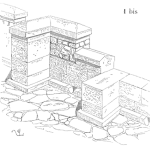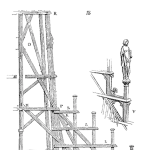
Today’s Gremlin – “sweat the asset”, truly believes that running the plant and equipment as hard as possible is good for business. He couldn’t be more wrong!
This gremlin wants to produce more in a short time and runs the equipment at or even over its design capacity. In one plant in a big mine I met one of these – a production superintendent who believed he was doing his best when he ran the plant hard and just avoided tripping breakers! Running that hard increases stress on the equipment, often ends up in overloading it, and causes it to fail prematurely.
[Read more…]














 Ask a question or send along a comment.
Please login to view and use the contact form.
Ask a question or send along a comment.
Please login to view and use the contact form.